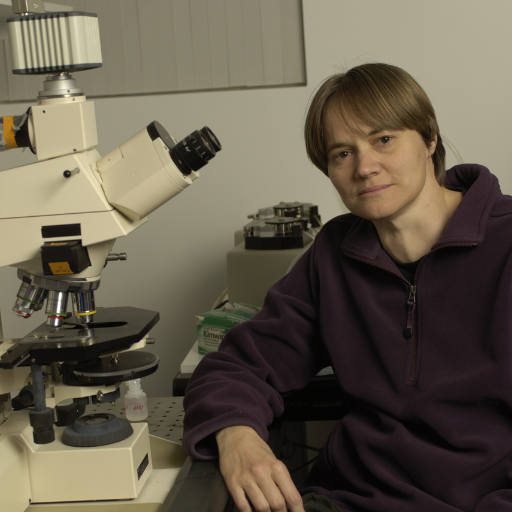Protection of ONH Astrocytes and Structure in Glaucoma

About the Research Project
Program
Award Type
Standard
Award Amount
$100,000
Active Dates
April 01, 2010 - September 30, 2012
Grant ID
G2010006
Goals
Degeneration or acute damage of the retina due to glaucoma related disease processes is a major cause of visual loss and blindness in the United States and worldwide. As glaucoma affects significant and increasing portions of the U.S. population including minorities affected by disparities in health care delivery, determining causes, mechanisms of action and subsequently potential treatment strategies will contribute to improving health care, health and performance requiring visual tasks. This study uses a novel mechanism underlying a self-defense mechanism of the retina to protect a critical structure of the retina, the optic nerve head, in order to develop new treatment strategies that have the potential to be complementary in nature to current strategies aimed at neuroprotection or aimed at lowering intraocular pressure.
Summary
Our approach is characterized by two novel aspects for glaucoma research and glaucoma therapy development:
- Identification and use of a novel drug target in mitochondria of optic nerve head astrocytes (ONHA)
- Targeting ONHA activation, dysfunction and degeneration along with a pathological re-structuring of the ONH extracellular matrix in a novel intervention approach that has the potential to be complementary in nature to current strategies aimed at neuroprotection or aimed at lowering intraocular pressure.
Progress Updates
Dr. Koulen’s team accomplished the following goals of this research project: 1) identify a novel drug target in mitochondria of the optic nerve head (ONH) astrocytes (ONHA; essentially, the supporting cells of the optic nerve); and 2) use a novel intervention approach to target this identified protein so as to prevent ONHA activation, dysfunction, and degeneration, and also prevent the pathological re-structuring of the ONH extracellular matrix (i.e. the cell’s support scaffolding).
The team accomplished their goals by doing the following experiments:
- Studied ONHAs as the main contributors to disease-related changes in the structure and function of the optic nerve head (the eye structure most affected by glaucoma)
- Measured the molecular properties of the novel drug target in mitochondria of ONHA
- Measured the effect of chemically-mediated control of this novel drug target to restore or prevent glaucoma-related activation of ONHA
- Generated a potentially novel strategy to protect the function of the eye affected by glaucoma, that would be complementary to existing strategies that lower intraocular pressure.
Dr. Koulen’s team published a portion of this work in the highly ranked, peer-reviewed journal IOVS; in particular, they reported a functional characterization of a new research model system that could enable the glaucoma research community to develop novel anti-glaucoma drugs.
Related Grants
National Glaucoma Research
Assessment of Vascular Resistance in Glaucoma
Active Dates
July 01, 2025 - June 30, 2027

Principal Investigator
Brad Fortune, OD, PhD
Current Organization
Legacy Devers Eye Institute
National Glaucoma Research
Interleukin-10 As a Neuroprotective Factor in Glaucoma
Active Dates
July 01, 2025 - June 30, 2027

Principal Investigator
Tatjana Jakobs, MD
Current Organization
The Schepens Eye Research Institute, Mass. Eye and Ear
National Glaucoma Research
From Resilience to Vulnerability: How Stress Accelerates Aging
Active Dates
July 01, 2025 - June 30, 2027

Principal Investigator
Dorota Skowronska-Krawczyk, PhD
Current Organization
University Of California, Irvine



